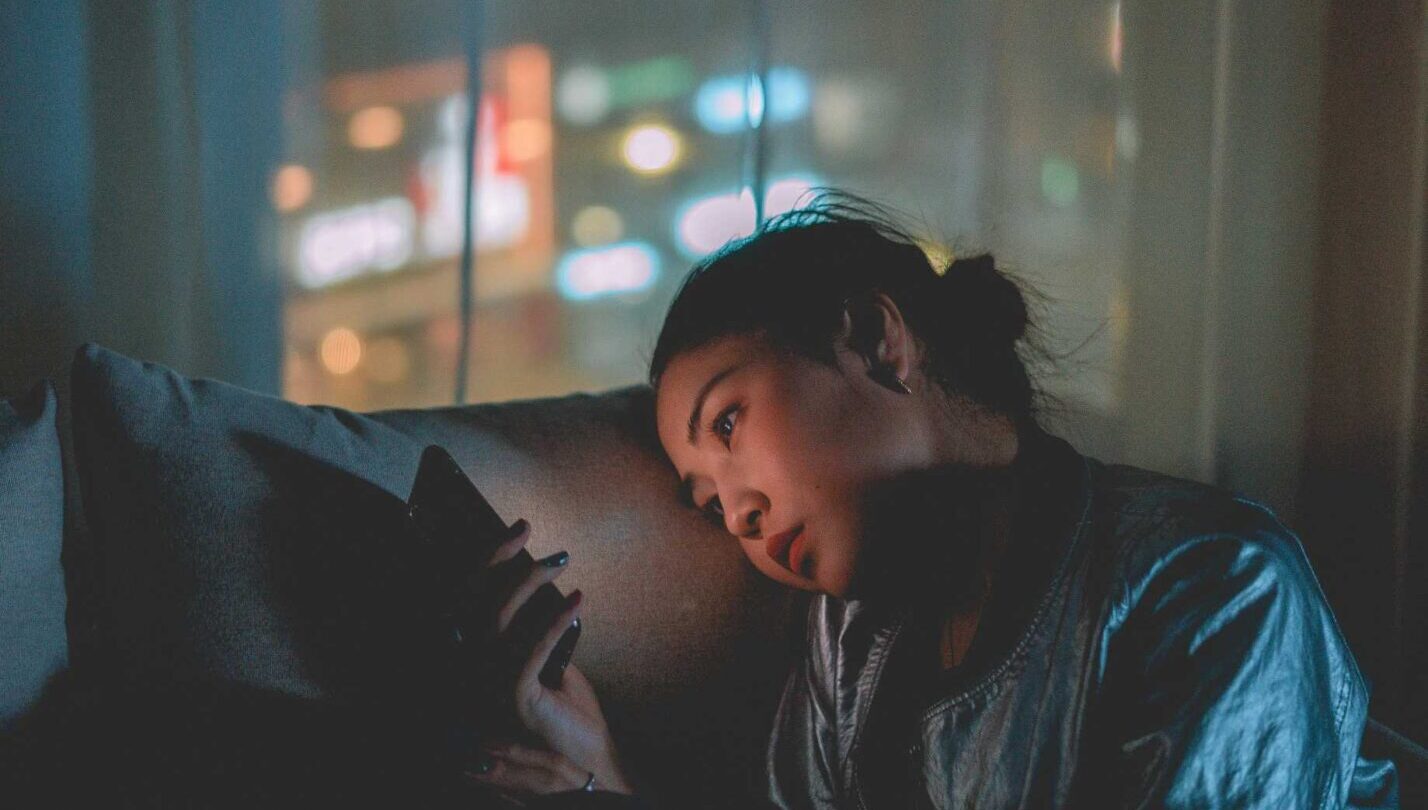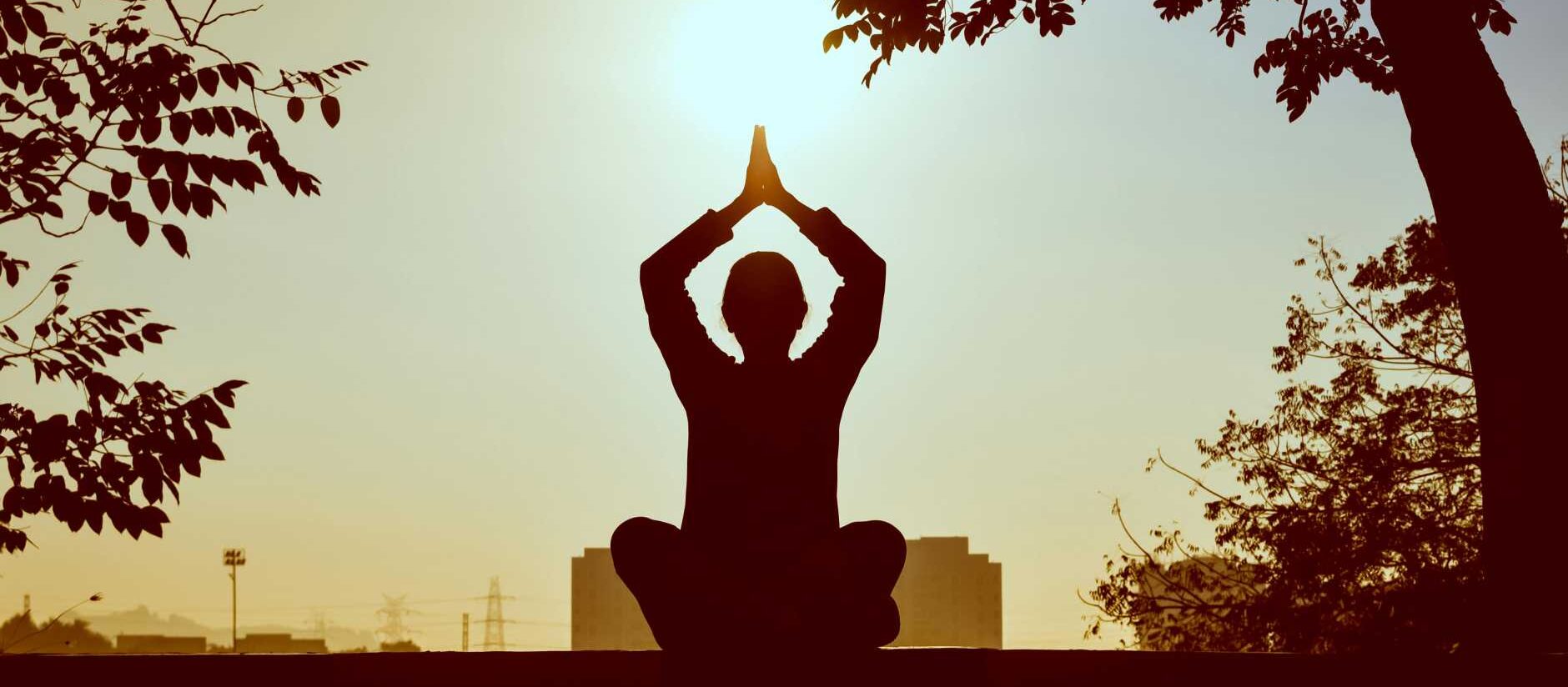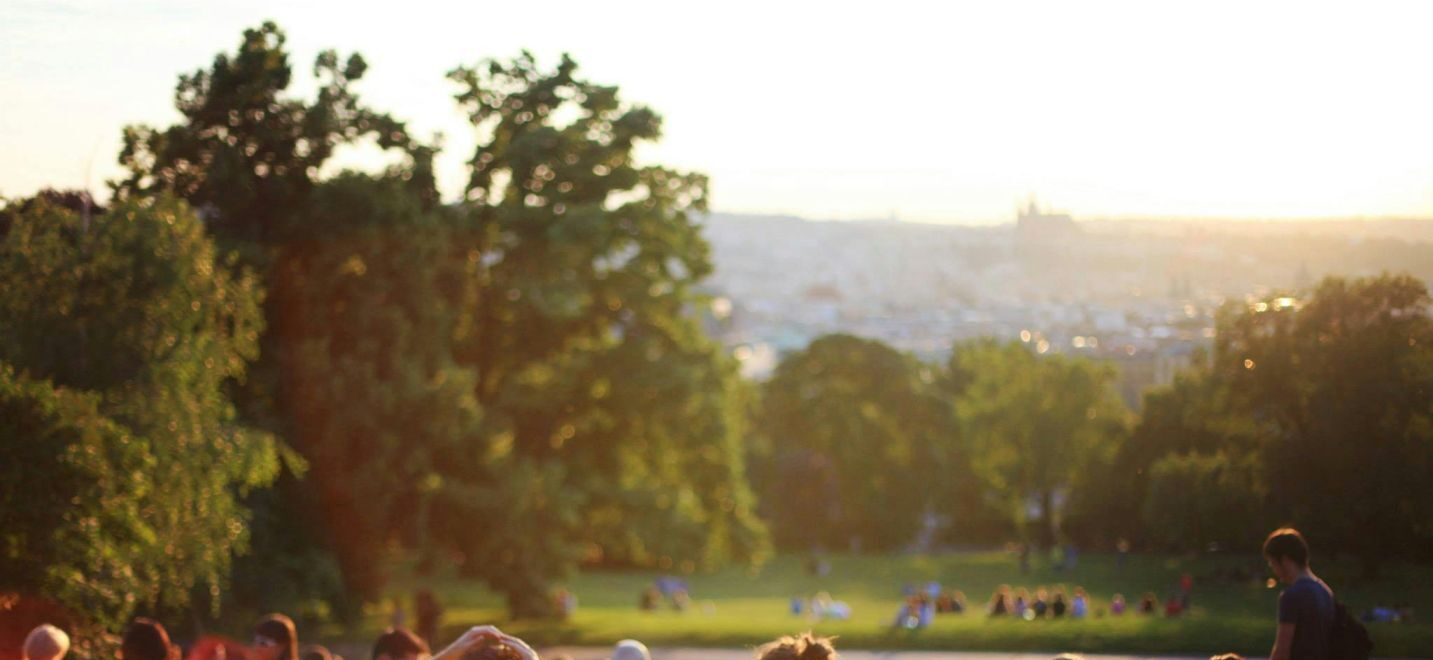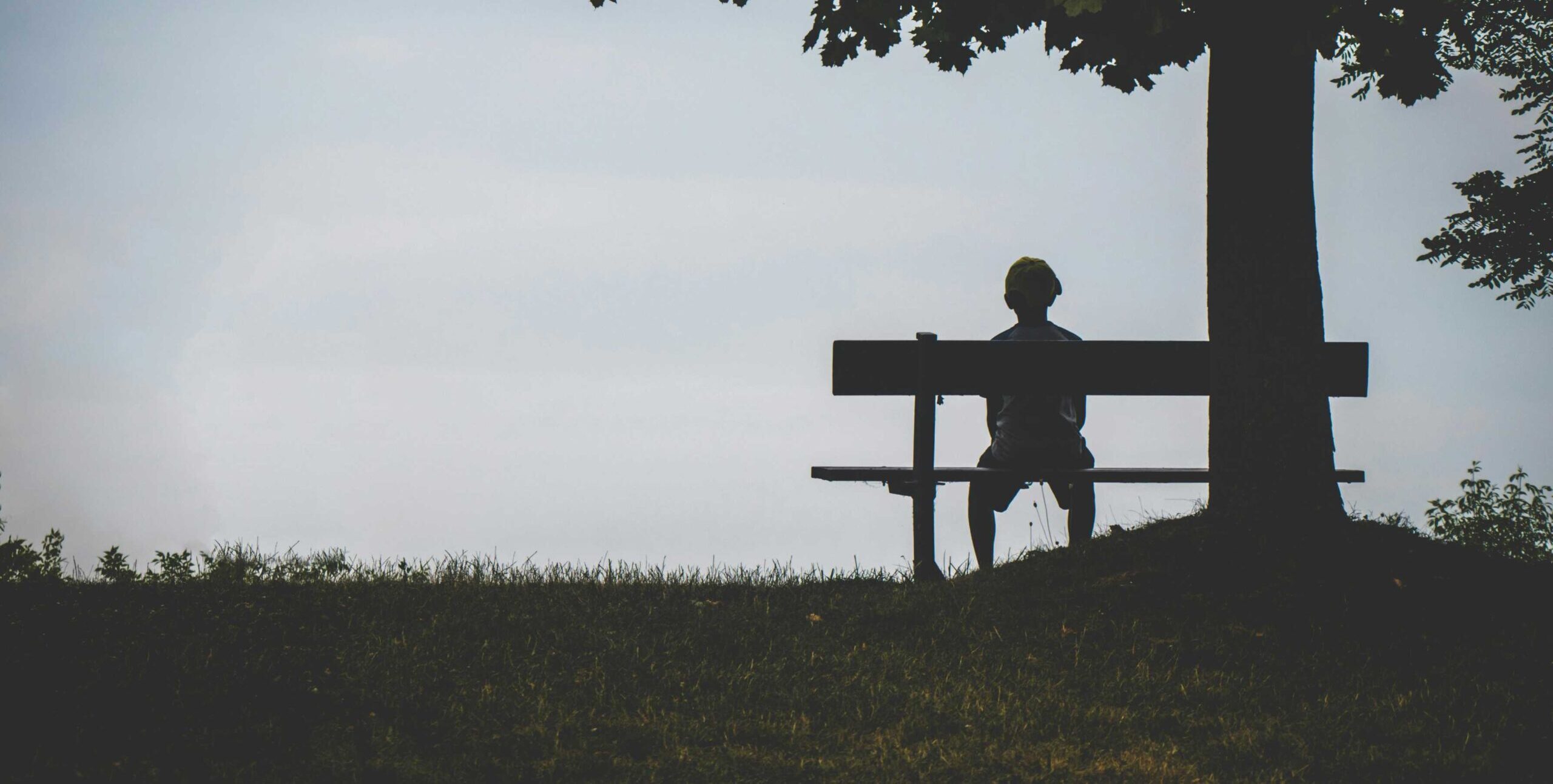You just finished scrolling through Instagram and put the phone down. The room is quiet. But instead of feeling connected and updated, you feel… emptier. A sense of anxiety hangs in the air. You are feeling lonely even after watching dozens of faces and liking dozens of posts.
What the hell was that?
This is one of the paradoxes of modern times. Although we have never been more technologically connected, it still somehow resulted in feeling more emotionally lonely.
Your phone isn’t just a device. It’s a portal. The world on the other side of the screen is meticulously engineered to keep you engaged. But this comes at the expense of real-world well-being. It’s time we seriously discuss the algorithm of loneliness.
Let’s cut the noise. This blog post isn’t ranting about quitting technology. But to understand how social media fuels loneliness and how you can take back control to build genuine connections.
Connection vs. Performance: The Great Bait-and-Switch
We log in to the apps, seeking connection. However, what we get is performance.
What’s your behavior while using social media? Before posting a pic, what do you do? You filter it. You choose the most flattering angle. Then write a witty caption. And then you curate comments. In short, you’re producing content and displaying another version of life.
Similarly, you’re watching others’ performances when scrolling through the app. In this case, you’re the audience.
This is not a connection. Connection is reciprocal, messy, and real-time. To hear the tone of voices. It’s looking in people’s eyes when they talk about something they love. Connection is sharing an uncomfortable silence that somehow brings you closer.
Social media isolates us and offers an illusion of connection without the substance. It’s emotional junk food. It tastes good for a second, but it doesn’t nourish you. On one side, social media loneliness makes you feel hungry for the real thing, but on the other hand, it convinces you that you’ve already eaten.
The Comparison Trap: Why Reel highlights fuels social media loneliness
Perpetual comparison is the main source of loneliness.
You are comparing your not-so-perfect reality, insecurity, failure, and whatnot to someone’s curated, airbrushed, director’s cut highlight reel.
You cannot win this rigged game.
- Their vacation looked perfect. But you can’t see the argument they had at the airport or the stress of maxing out on a credit card.
- Their relationship looks #CoupleGoals. But you can’t see the silent treatments or the therapy sessions.
- Their career looks like it has skyrocketed. But you can’t see the soul-crushing rejections that came before.
This constant comparison makes you feel inadequate. Social media makes you feel isolated. With time, you create a devastating belief that everyone else has it figured out. And only you are struggling. This is the lie the algorithm feeds you 24/7.
The Demise of Shared Content Experience
Before the digital revolution, most of the content consumed was the same for a larger audience. Millions of people watched the same TV show at the same time on limited channels. The next day, they used to talk about it at the water cooler.
Now, the entertainment is hyper-personalized. You’re binge-watching a Norwegian detective show while your friend is into Korean dramas. Do not forget your brother watching YouTube essays about ancient history. It’s like we inhabited different cultural universes.
This fragmentation makes small talk harder and increases social media loneliness. Also, it removes easy, common ground. We’ve lost a layer of casual glue that used to bind us together. It has been replaced by a million niche interests that separate consumers.
The Reclamation: How to Use Social Media without Loneliness
Okay, enough diagnosis. Let’s talk about solutions to cure social media isolation. I won’t tell you to throw your phone in the ocean. That’s not realistic. But we must become intentional architects of our digital environment. We must hack the algorithm to avoid social media isolation.
1. Conduct a Social Media Audit (Your Digital Cleanse
This is non-negotiable. For one week, be a scientist of your feelings. After spending 10 minutes on an app, note down:
- How do I feel? (e.g., Inspired? Anxious? Jealous? Connected?)
- What was the content that triggered a particular feeling?
- Am I feeling better or worse about my life?
The data doesn’t lie. This audit will show you exactly which accounts and apps are draining your battery.
2. Curate Your Feed with Vengeance
Your feed is your digital home. Would you allow people who make you feel crap to loiter in the living room? No. So why allow it online?
- Unfollow/Mute Relentlessly: Creators whose perfect-life posts always make you feel inferior? Mute them. Also, unfollow that toxic celebrity. You don’t owe them anything. This is an act of self-preservation.
- Follow for Good: Actively seek out accounts that make you feel connected, inspired, and real. Also, follow therapists explaining emotions. Look for artists who share their process. Follow body-positive activists. Accordingly, look for accounts that celebrate your niche hobbies. Thus, fill your feed with what you want to feel.
3. Shift from Passive Scrolling to Active Connecting
The magic happens when you use the tool as a bridge to the real world.
- See a cool event on Instagram? DM a friend and say, “This looks fun; want to go?”
- In a group chat that’s gone stale? Propose a phone call or a get-together. “This is too good for text; can I call you?”
- Use Facebook Events to find in-person gatherings.
4. Implement Digital Boundaries (Protect Your Mental Space)
You must create rules that protect your mental space and relationships.
- The Phone Stack: Insisting that your friends stack phones in the middle of the table when out for a party or dinner. This is a good move to keep the conversation interesting.
- Tech-Free Zones/Times: The bedroom is for sleep and not scrolling. Additionally, make dinnertime screen-free. These small boundaries create sacred spaces for uninterrupted connection.
- Turn Off Non-Essential Notifications: Every ping is an interruption that pulls you out of your real life and into the digital performance. Take back your attention.
5. Trade Digital Validation for Real-World Validation
Instead of posting a photo and waiting for likes, text the photo directly to a friend or family member who would appreciate it. Instead of commenting “Happy birthday!” on a timeline, call the person and sing it to them (badly!). This direct, one-to-one interaction provides a hit of genuine connection that a hundred likes never will.
Your phone is a tool. It can be a weapon of mass isolation or an instrument of powerful connection. The difference is entirely in how you use it, dodging social media loneliness.
Choose a connection. Choose the real world. Your nervous system will thank you for it.
Share this content:




